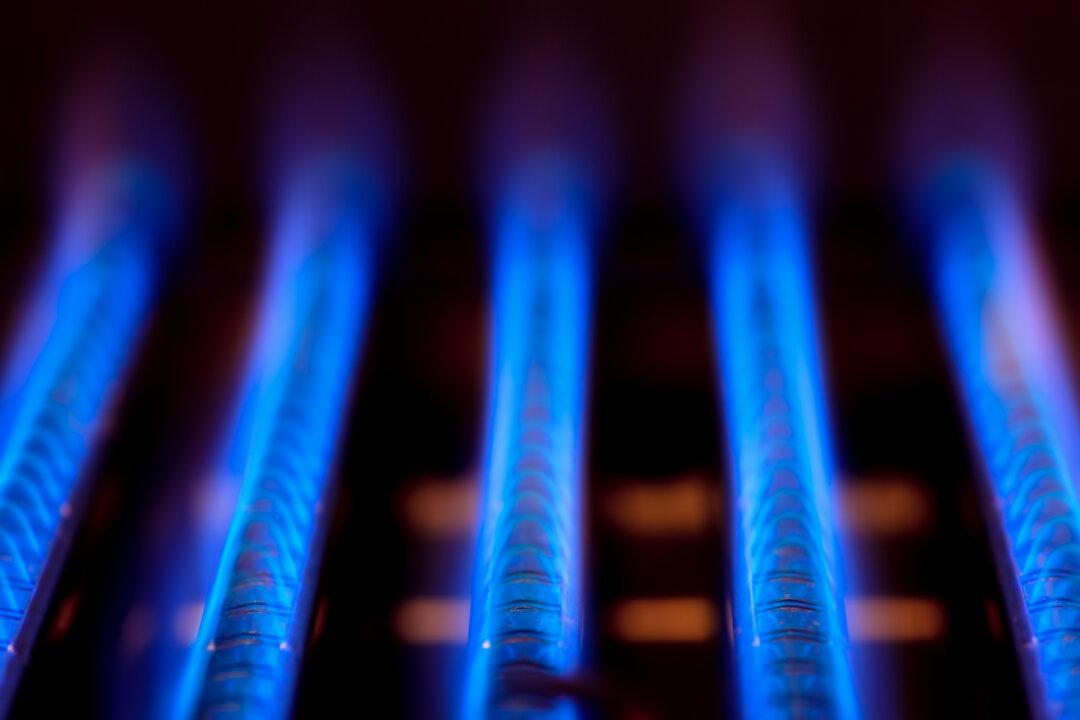In another round of restrictions on household appliances, the Biden administration on Sept. 29 announced new energy efficiency standards for residential gas furnaces.
The move is estimated to cut household utility bills for Americans by about $1.5 billion annually, the Department of Energy (DOE) said in a statement, also estimating that over three decades, consumers would see cumulative savings of $24.8 billion collectively.




